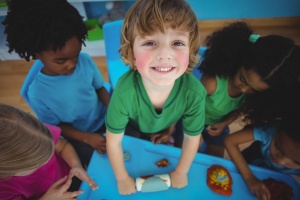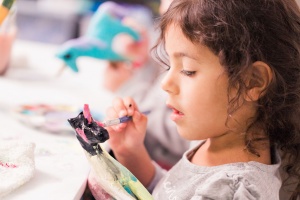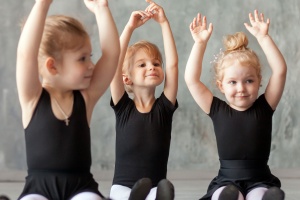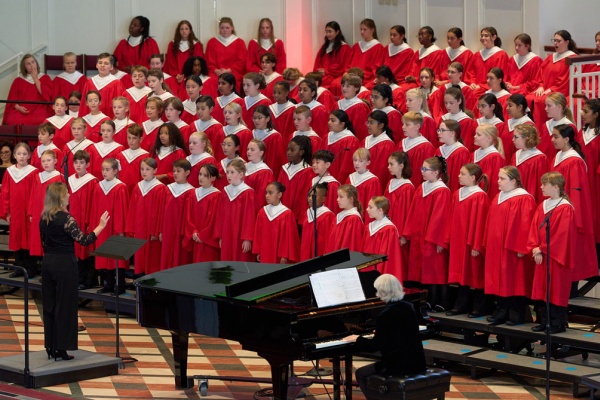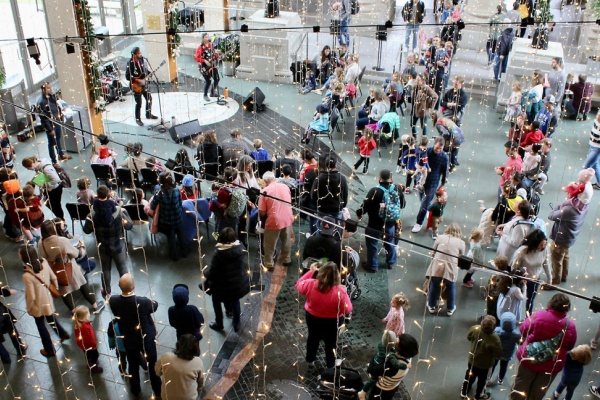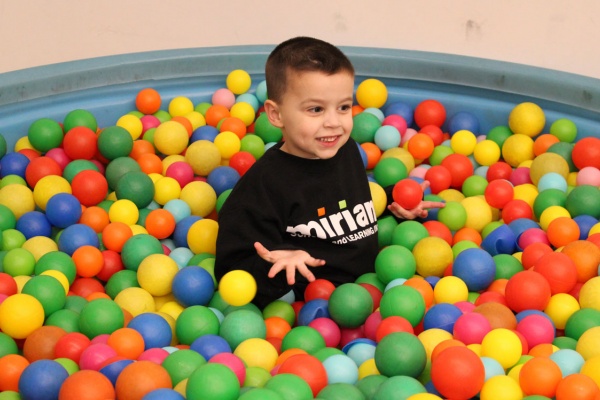
Pounding the Pavement in the Right Shoes
Farewell, flip flops. Sayonara, sandals. Ciao, crocs. 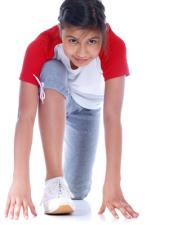 My son’s elementary school has a policy against all of them, along with any other footwear that gets in the way of running and playing. I used to think such policies were harsh, back in the days when my 7-year-old was first in preschool. Now that I’m older and wiser (and have seen the scientific studies to support the bans) I see where they’re coming from.
My son’s elementary school has a policy against all of them, along with any other footwear that gets in the way of running and playing. I used to think such policies were harsh, back in the days when my 7-year-old was first in preschool. Now that I’m older and wiser (and have seen the scientific studies to support the bans) I see where they’re coming from.
But it’s a good thing the rules don’t apply to parents, because I’d have to ditch 90 percent of my summer shoes!
Yes, I am fully aware flip flops are right over there with high heels on the unhealthy end of the footwear spectrum (and does anyone really believe that Fitflops give you a workout while you wear them???) My parent-guilt kicked in long ago, and my sons both wear closed-toed shoes or sturdy sandals all the summer. Lucky for me, they are boys who don’t really care what clothes or shoes they’re wearing as long as it covers their private parts and protects their feet from hot sidewalks.
But when it came to other kids, I was always a laissez faire footwear type until earlier this summer, when even the laid-back preschool my younger son attends (where the kids literally go around in stocking feet indoors) implemented a policy that summer campers needed to wear closed-toe shoes for outdoor activities. So I started reading up.
The argument against sandals and flip flops is that they don’t provide arch support, don’t protect against twisted ankles or bruised toes and aren’t much of a barrier between kids’ feet and hard walking surfaces. To keep flip flops on, kids may curl their toes – and the thong may wear between their toes. Crocs are somewhat better, but they share a tendency to fall off, and that means children are less likely to run and climb, or to do so in unnatural ways to keep their shoes from falling off.
Children ages 3 to 6 in child care or school settings are especially likely to see footwear bans. This is thanks in part to a new trend by physical fitness advocates. They are researching kids’ exercise habits while they’re away from home – and about 75 percent of kids this age are in care or school at least part of the day. This study, published last fall, lays out how footwear, coats, fancy dresses, loose or tight outfits and other clothing put a damper on children’s play.
It also pointed out that clothing is a contentious issue. Parents may not react favorably to child care providers or schools telling them how to dress their children. But when one child’s inappropriate attire limits the entire class’ ability to play outside, you can also understand teachers’ frustration.
Schools have a variety of approaches to this problem. Some keep spare gloves and coats for those who’ve come without them. Some insist kids go outside, no matter their clothing, on the theory that the kids are also capable of remembering to wear a coat when it’s cold. Some require girls to wear shorts or leggings under skirts. And some just suck it up and let the kids stay indoors.
By Amy De La Hunt, Health Blogger for SmartParenting

Amy De La Hunt is a journalist and editor who lives in the St. Louis metro area and works across the country as a writer, copy editor, project manager and editorial consultant on everything from fiction books to monthly magazines to blog posts. When she's not chauffeuring her teenage sons to activities, Amy is an enthusiastic amateur cook, landscaper, Latin dancer and traveler. Follow Amy on Instagram @amy_in_words



